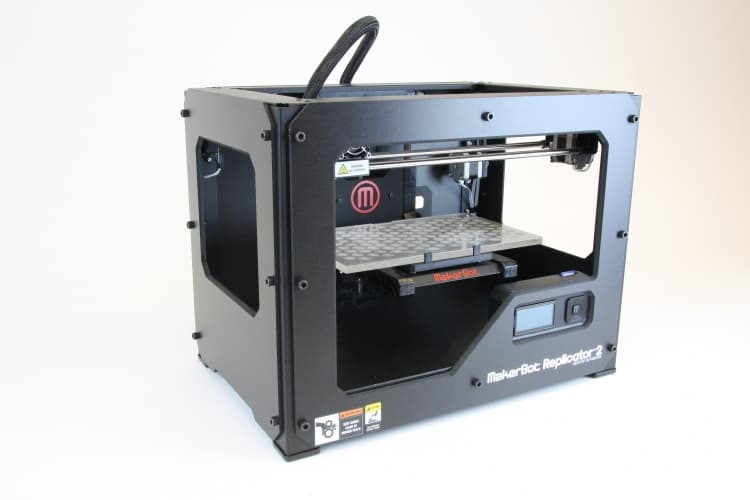More in
3D printed structures help chemically remove pollution
Scientists at American University in Washington D.C. have 3D printed chemically active structures embedded with nanoparticles that help to combat pollution.

The research, published in Science and Technology of Advanced Materials, involved combining plastic with chemically active titanium dioxide (TiO2) nanoparticles. Using an off-the-shelf thermoplastic 3D printer, the resaearchers then created a small polymer matrix about the size of a bath sponge.
TiO2 reacts with natural sunlight to break up pollutants and has potential applications in the removal of pollution from air, water and agricultural sources. To demonstrate pollution mitigation, the researchers placed the matrix in water and added an organic molecule, which was then observed to be destroyed. The TiO2 also photocatalysed the degradation of a rhodamine 6G (tracer dye) in solution. According to the paper’s authors, this is the first time a commercial 3D printer has been used to create materials with active chemistry.
Register now to continue reading
Thanks for visiting The Engineer. You’ve now reached your monthly limit of news stories. Register for free to unlock unlimited access to all of our news coverage, as well as premium content including opinion, in-depth features and special reports.
Benefits of registering
-
In-depth insights and coverage of key emerging trends
-
Unrestricted access to special reports throughout the year
-
Daily technology news delivered straight to your inbox










Pipebots Transforming Water Pipe Leak Detection and Repair
Fantastic application.